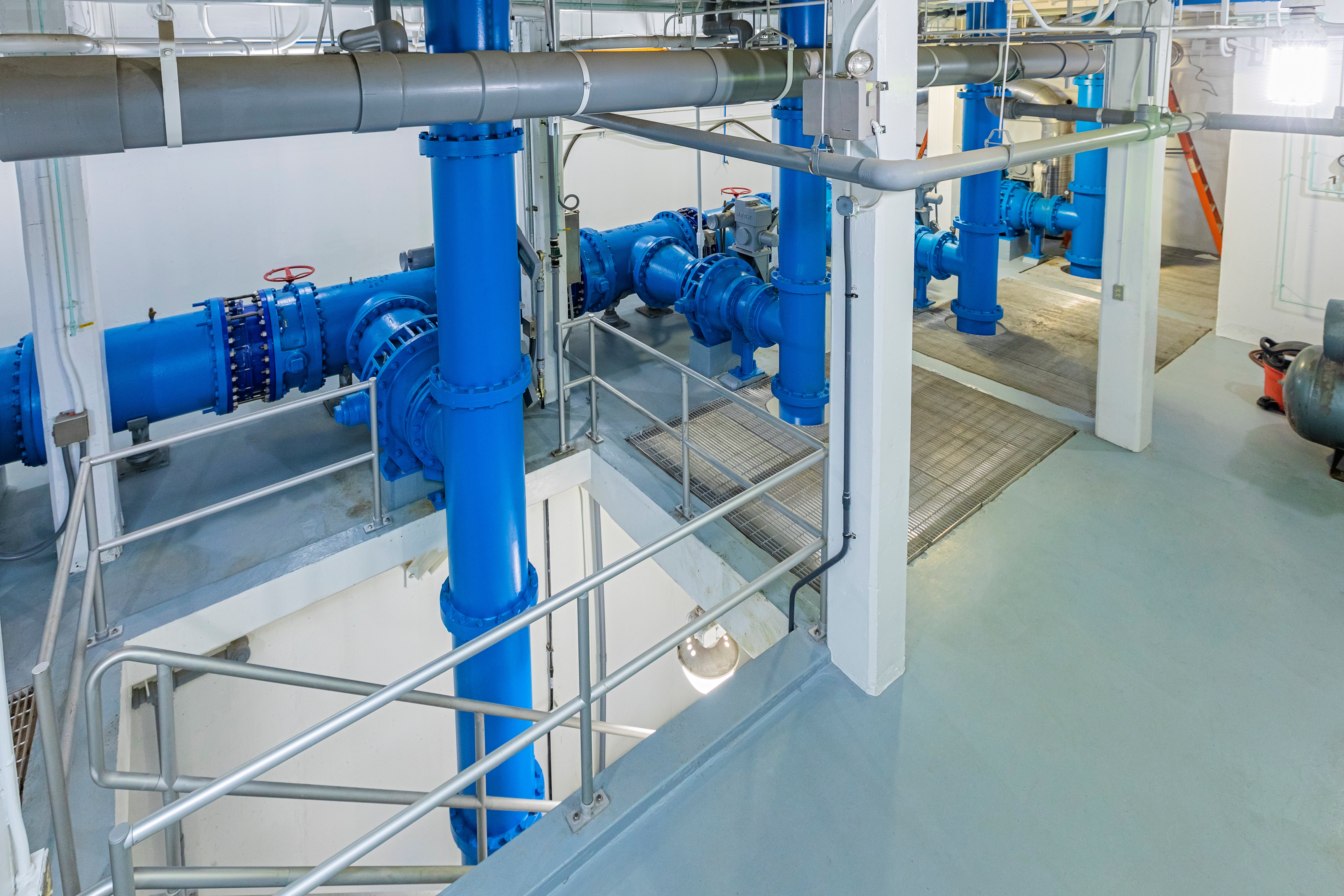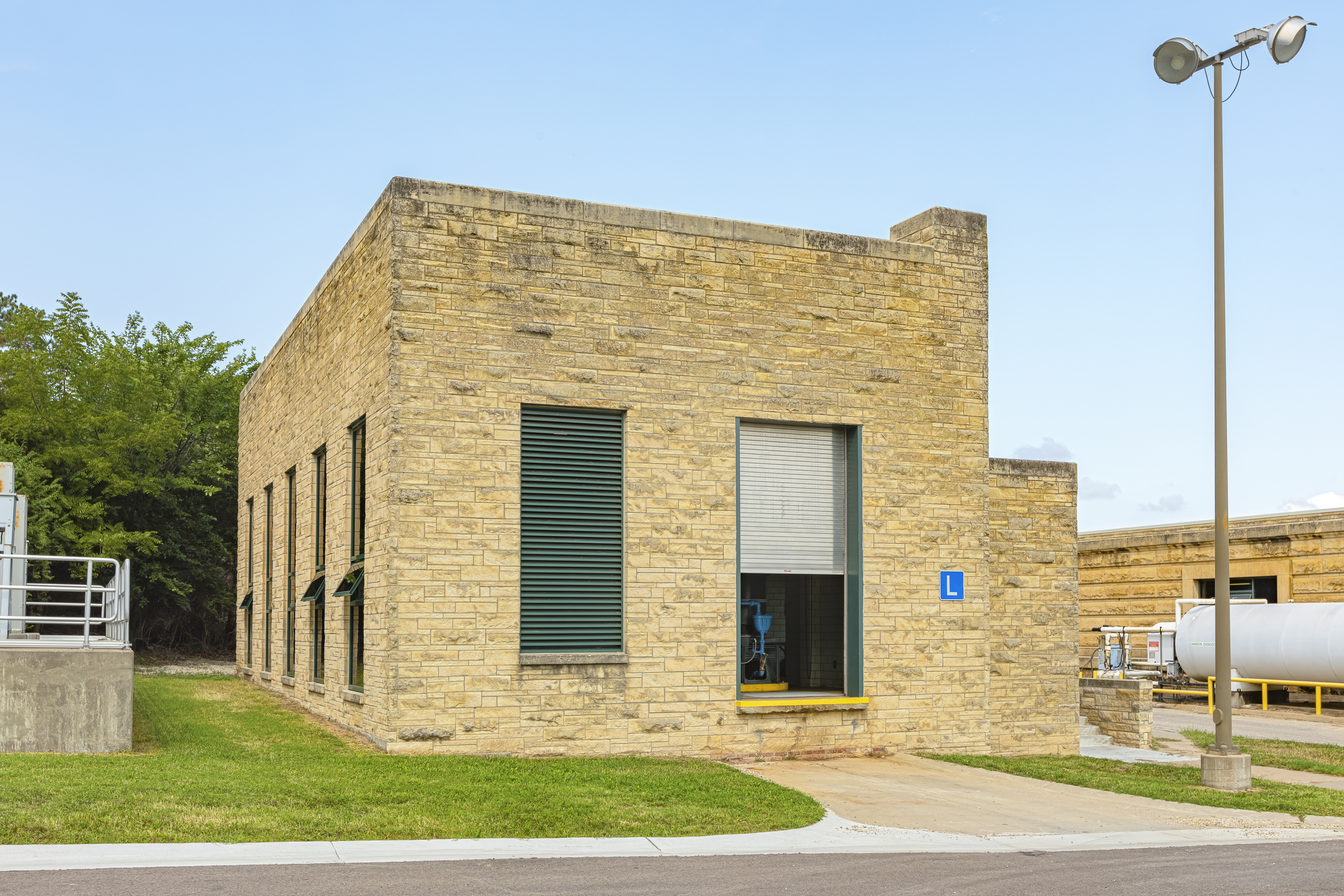Solution
The rehabilitation was approached as a collaborative project from the very beginning. Our design-build team of Burns & McDonnell and CAS Constructors held a very close partnership with the city throughout the project to develop the optimal solution in terms of risk performance and price. The progressive designbuild approach was chosen because it delivered maximum cost value while securing reliable water services for residents.
Because keeping the station operational during construction was mandatory, the design-build team and city developed contingency plans with multiple alternatives for each plan to guard against the possibility of failure as the staged construction was completed. The careful planning allowed long-lead-time equipment to be purchased well in advance so all components were available at precisely the time needed. In addition, all project activities were adjusted based on potential system water demands for that day.
Thanks to a highly collaborative process between city staff and the design-build team, a key objectives list was reprioritized to create combinations of objectives to choose from, with all combinations remaining within budget. During these discussions, city staff determined that some materials and equipment such as pumps, suction valves and flow meters, could be purchased with funds that had already been allocated for that purpose. By procuring these items within the municipal system, the city was able to redirect money to other key objectives.
During the exploratory phase, a valve that was originally thought to be inoperable was discovered to be operable. This was a significant discovery that allowed the team to do away with three expensive line stops and completely changed the focus of the entire project. This discovery and resulting savings enabled the city to allocate funds to maximize the scope of the project. The city also secured additional funding outside the original project budget to allow for completion of remaining items on the key objectives list that they initially elected not to prioritize during the original review.
The project was broken into two phases. The first phase consisted of installing new yard piping and valves as well as completing the meter vault work. Completing phase one allowed the pump station to be “split” into two separate pump stations but still remained fully functional, allowing the city to operate throughout the summer to meet water demands.
Once the summer water demands eased in the fall, the project team began phase two and was able to isolate each side of the station accordingly. One side was operated in tandem with the East High-Service Pump Station while the pumps, suction and discharge lines on the other side were replaced.


